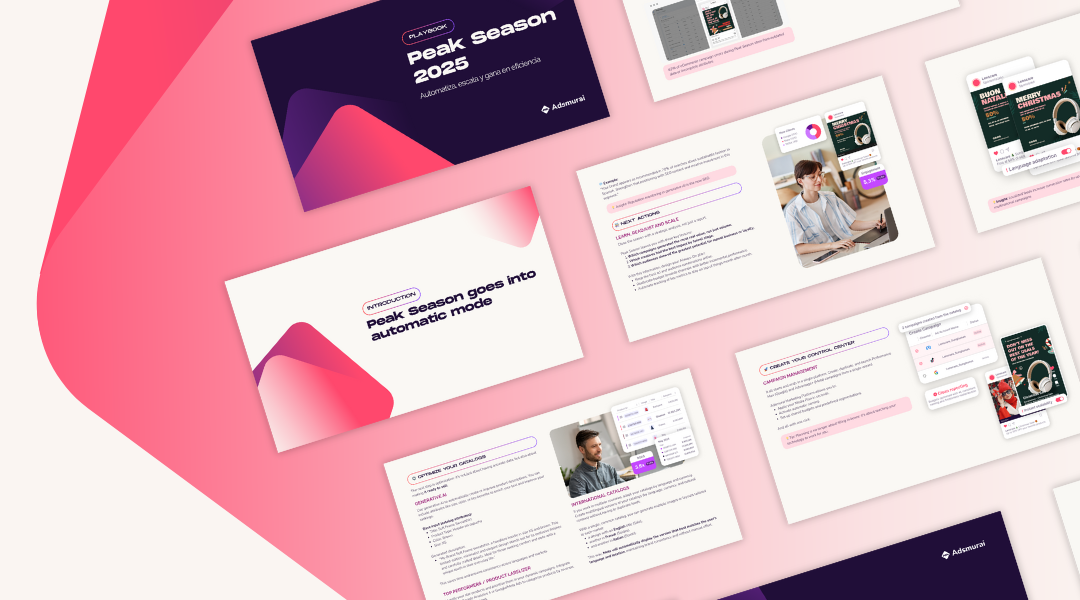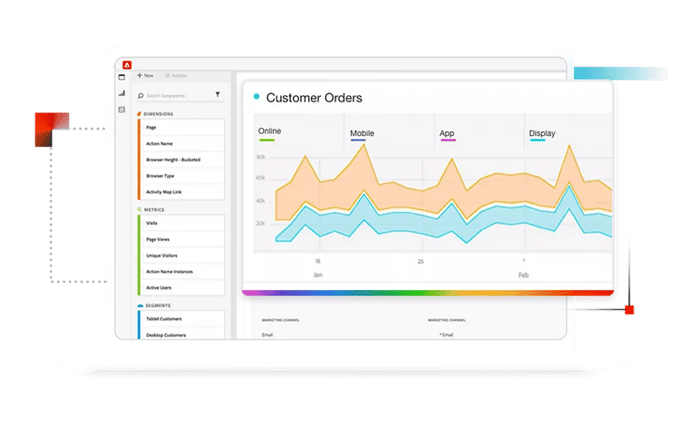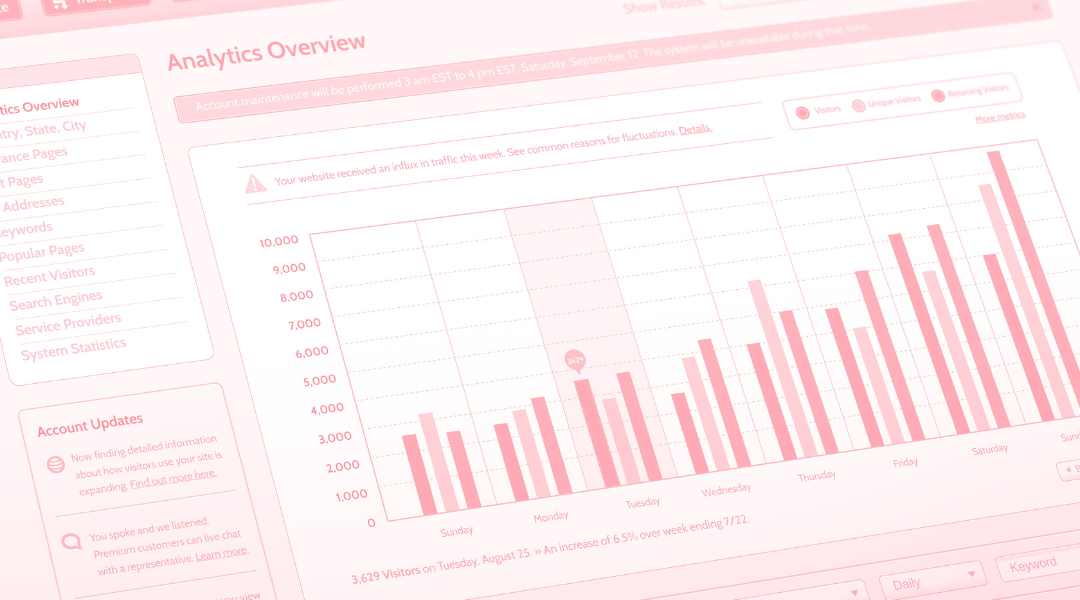How to migrate Universal Analytics data to GA4
Since its launch in 2005, Google Analytics has become the basic tool for any digital marketer to measure their digital marketing strategies. In order...
Plan, activate and control media to hit targets with precision.
Turn data into smart decisions with advanced analytics and modeling.
Efficiency, governance and scale for agencies and teams.

[Ebook] How to plan for an unstoppable peak season
Master high seasons with strategy, data, and automation. Discover how to optimize your campaigns during peak demand periods with strategies based on market analysis and consumer behavior.
Discover more
When we talk about advanced digital analytics, Adobe Analytics is the name that always comes up. It’s not the easiest or fastest tool to implement, but it is the most powerful when you want complete control over your data, funnels, and business decisions. And if you connect it with your Google Ads campaigns and visualize everything in a 360 dashboard, the combo is killer (in the best way possible).
In this article, we’ll show you what makes Adobe Analytics unique, how it integrates with paid media like Google Ads, and how at Adsmurai we take it to the next level with dashboards that not only show data… they turn it into decisions.
TABLE OF CONTENTS
Adobe Analytics is Adobe’s enterprise-level digital analytics tool. Designed for brands with complex measurement needs, it allows you to fully customize everything—from the data you collect to how you analyze and visualize it.
What makes it special:

This isn’t just about “seeing how many visits your page gets.” This is about:
🎯 Example: You can have an eVar tracking the assigned sales rep code, match it with the purchased product, and calculate campaign commissions—without touching your back office.
Adobe Analytics Workspace is a visual analysis tool where you can:
🚀 Advantage: You can count on the Adsmurai team.

You can create complex segments in seconds:
These segments can be:
Adobe lets you define your own attribution models, beyond the classic "last click". Options include:
📊 Example: A brand noticed influencer campaigns had low direct conversions but high impact as the first touchpoint. They changed their attribution model and increased awareness investment by 30%.
It’s not a tool for everyone. It’s ideal for:
🧠 Typical use case:
A telecom brand with over 30 acquisition, migration, and retention journeys uses Adobe to track:
If there’s one thing Adobe excels at, it’s intelligent reporting. We’re not talking about just opening a report to see sessions. We’re talking about understanding what users do, in what order, from which channel, and with what impact on the business.
What can you do with Workspace?
🚀 Advantage: You can rely on the Adsmurai team. Integrate your Adobe Analytics dashboard and get advanced reports to improve campaign performance and make strategic decisions in real time.
Even though Adobe and Google aren’t exactly best friends, yes, you can integrate them. And when done right, the value you get is huge.
How do they connect?
🎯 Real case:
A fashion brand integrated Adobe with Google Ads and discovered that brand keyword campaigns had low ROAS on mobile. Thanks to unified reporting, they optimized their landing pages and restructured their campaigns. Result: +23% conversion rate.
This is where we come in. At Adsmurai, we don’t just measure. We connect the dots.
We create custom dashboards that combine:
We do it in Looker Studio, in custom dashboards inside AMP, or by integrating everything into your data warehouse (like BigQuery) if you need more control.
Adobe Analytics is not for everyone, but for brands that want control, precision, and strategy—there’s no better tool. And when you integrate it with paid media and smart visualization, the leap is massive.
At Adsmurai, we help brands to:
Adobe Analytics is your best ally.
Want to see how this could work for your brand? We’ll show you with real use cases, templates, and solutions that are already delivering results.

Since its launch in 2005, Google Analytics has become the basic tool for any digital marketer to measure their digital marketing strategies. In order...

The digital ecosystem has undergone major changes, imposing new challenges on data measurement and analytics. With the rise of data privacy and the...

In the world of digital analytics, not all brands are in the same league. While Google Analytics 4 (the standard version) is sufficient for most,...